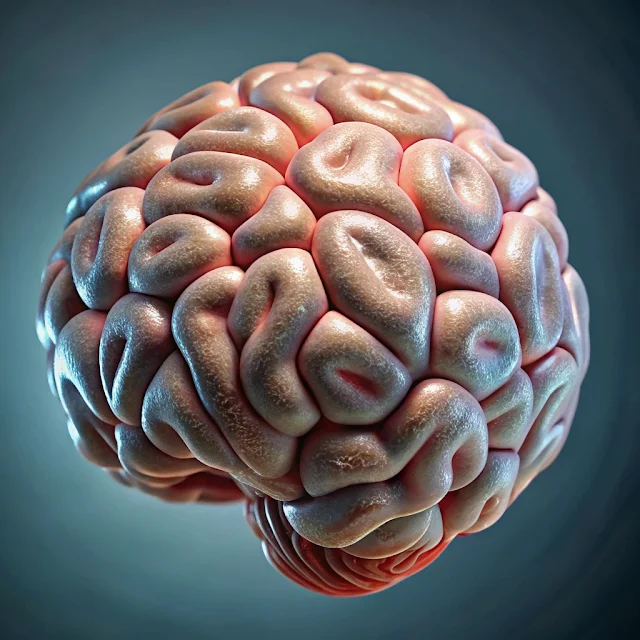Where Is Einstein's Brain Now? A Strange Journey of Genius
Einstein's Final Wishes
Before his death, Einstein left behind specific instructions. He wanted his body to be cremated, his ashes scattered in a nearby river, and no grave or tombstone to be created. Most importantly, he gave permission for his brain to be removed for scientific study in hopes of contributing to future discoveries.
The Doctor Who Took Einstein’s Brain
Dr. Thomas Harvey, a pathologist at Princeton Hospital, was the man who performed Einstein's autopsy. He removed the physicist’s brain and preserved it in formaldehyde. Rather than turning it over to a scientific institution immediately, Harvey kept the brain himself—first in the hospital, and later in his home in Kansas.
The Brain Was Cut Into Pieces
Harvey eventually sliced Einstein’s brain into over 200 pieces, storing many of them in jars and boxes. Over the years, he sent small samples to various researchers across the world, hoping someone might discover the secret behind Einstein’s extraordinary intellect.
What Science Discovered
Years later, Canadian scientists at McMaster University compared Einstein’s brain to that of 91 average men and women. Surprisingly, his brain wasn’t significantly larger. However, they did find that the parts responsible for math and spatial reasoning were 15% larger than average. Moreover, Einstein lacked a groove (sulcus) between the frontal and temporal lobes, which may have allowed faster communication between brain regions.
The Mystery Today
After Dr. Harvey passed away, many of the remaining brain pieces were lost, given away, or even sold. Today, Einstein’s brain remains partially scattered, its exact whereabouts largely unknown. A few preserved slices are displayed at museums, but the mystery of Einstein's brain continues to intrigue scientists and the public alike.


.jpg)